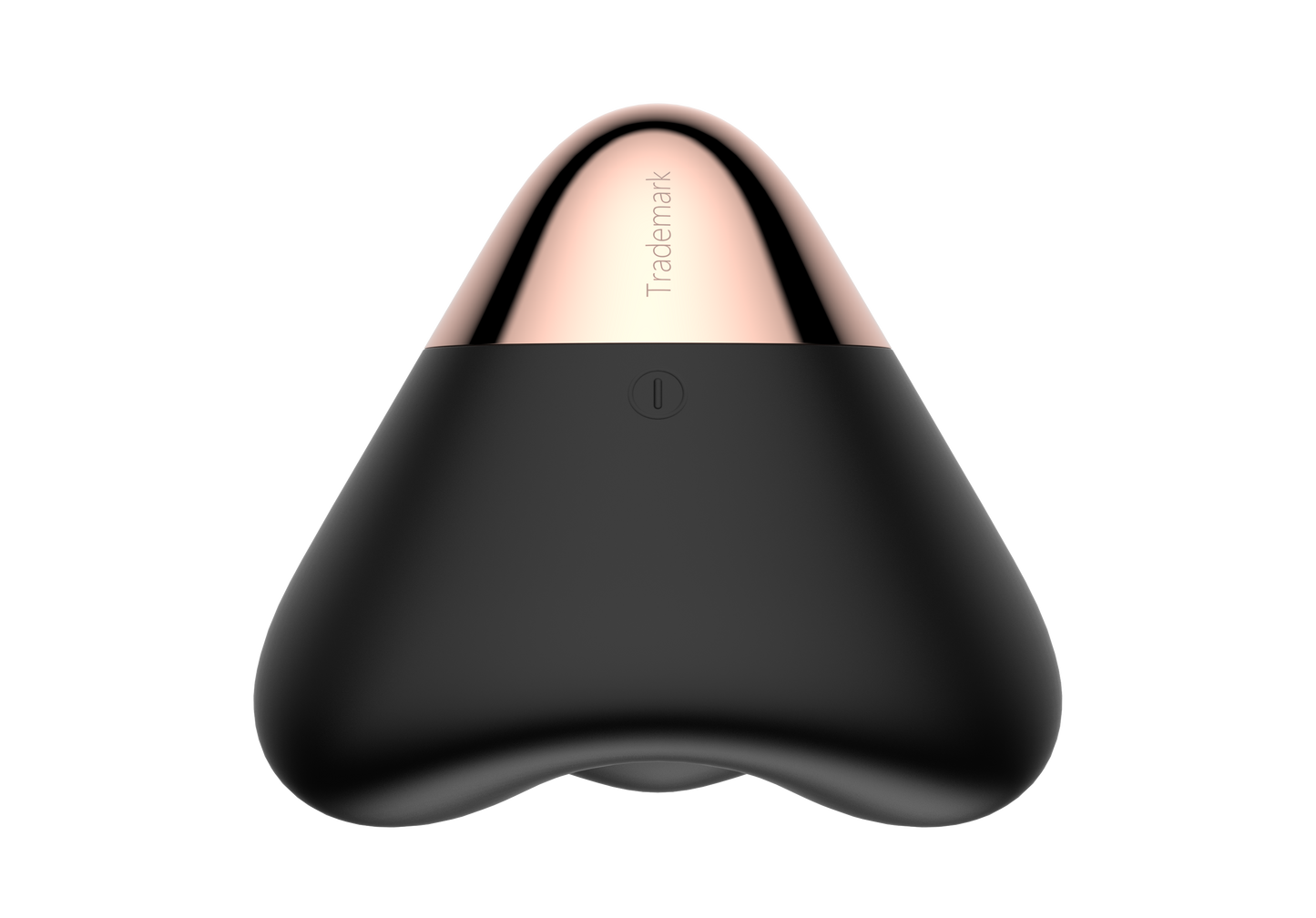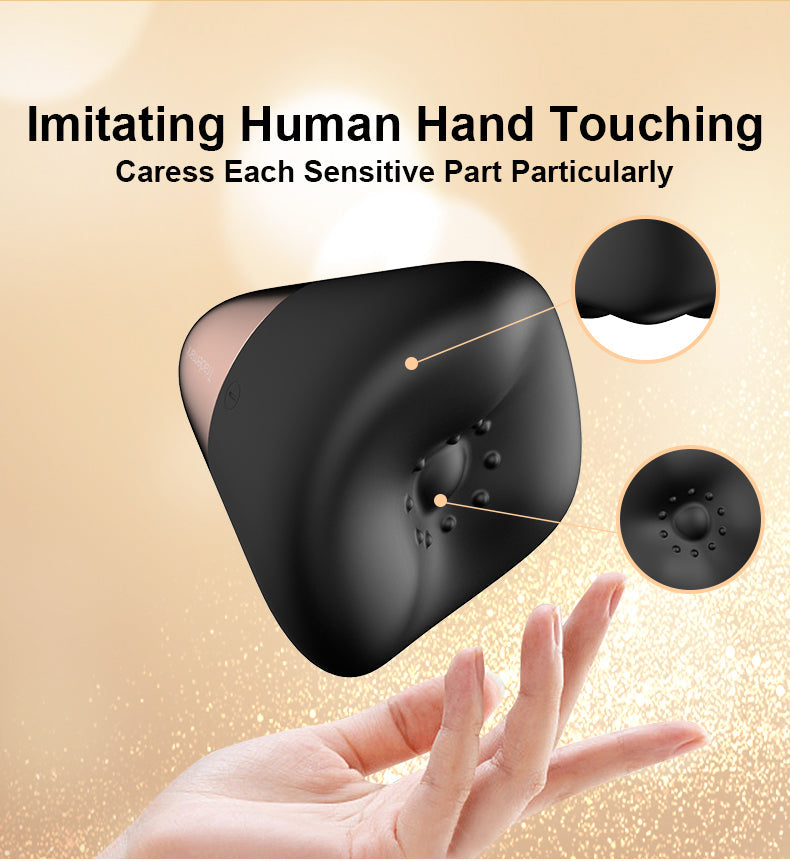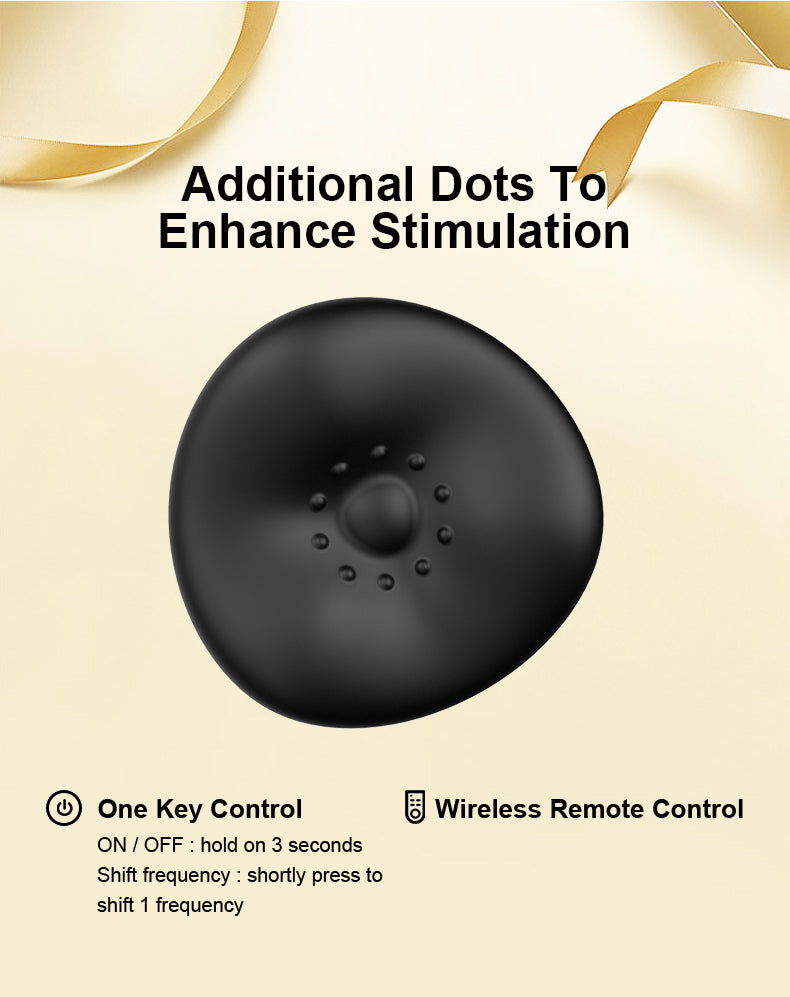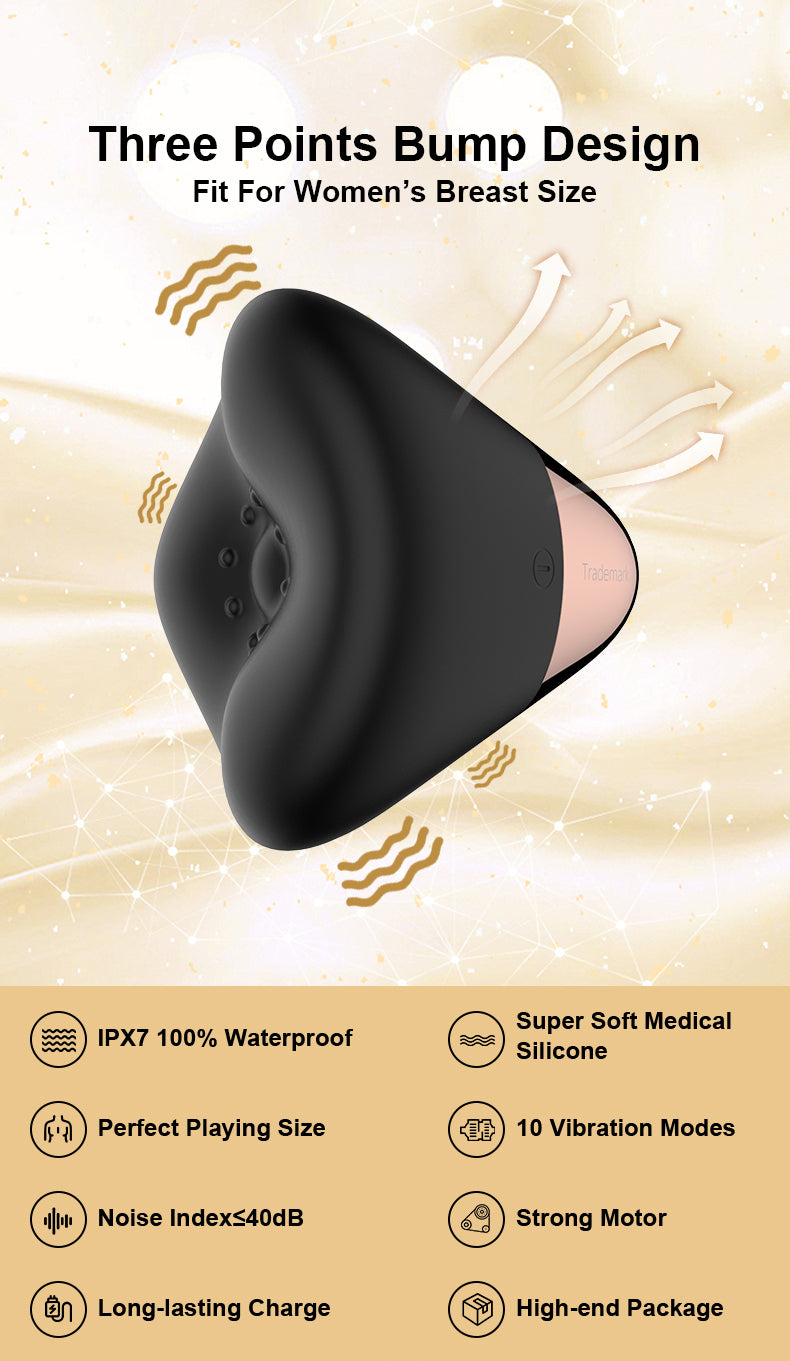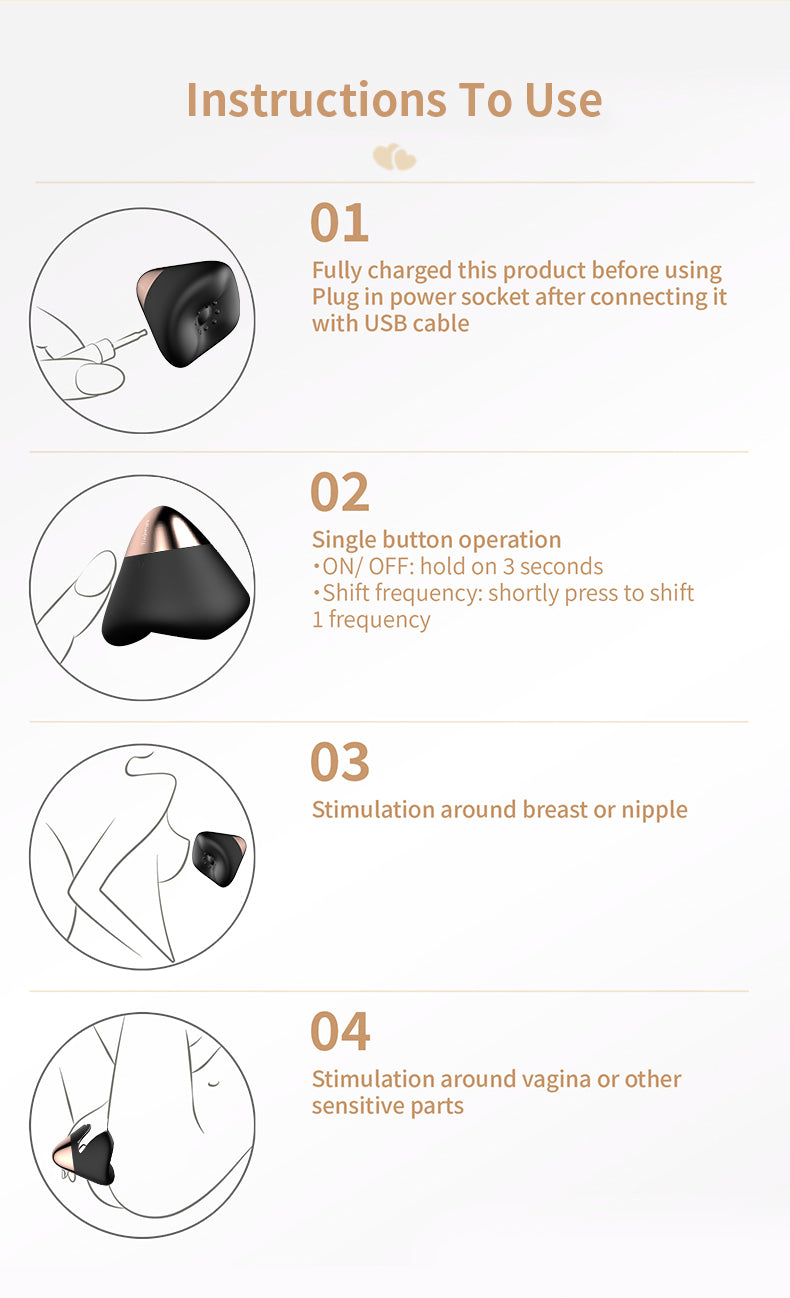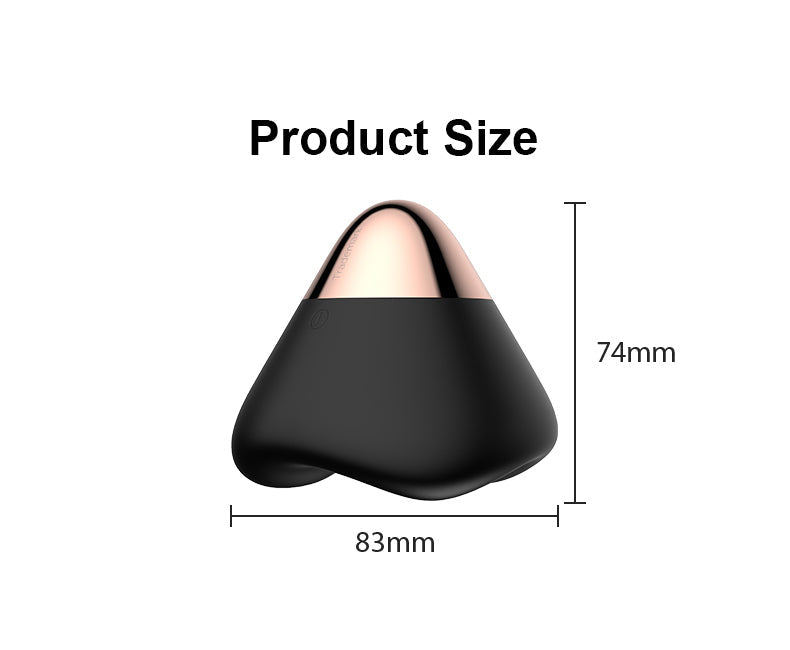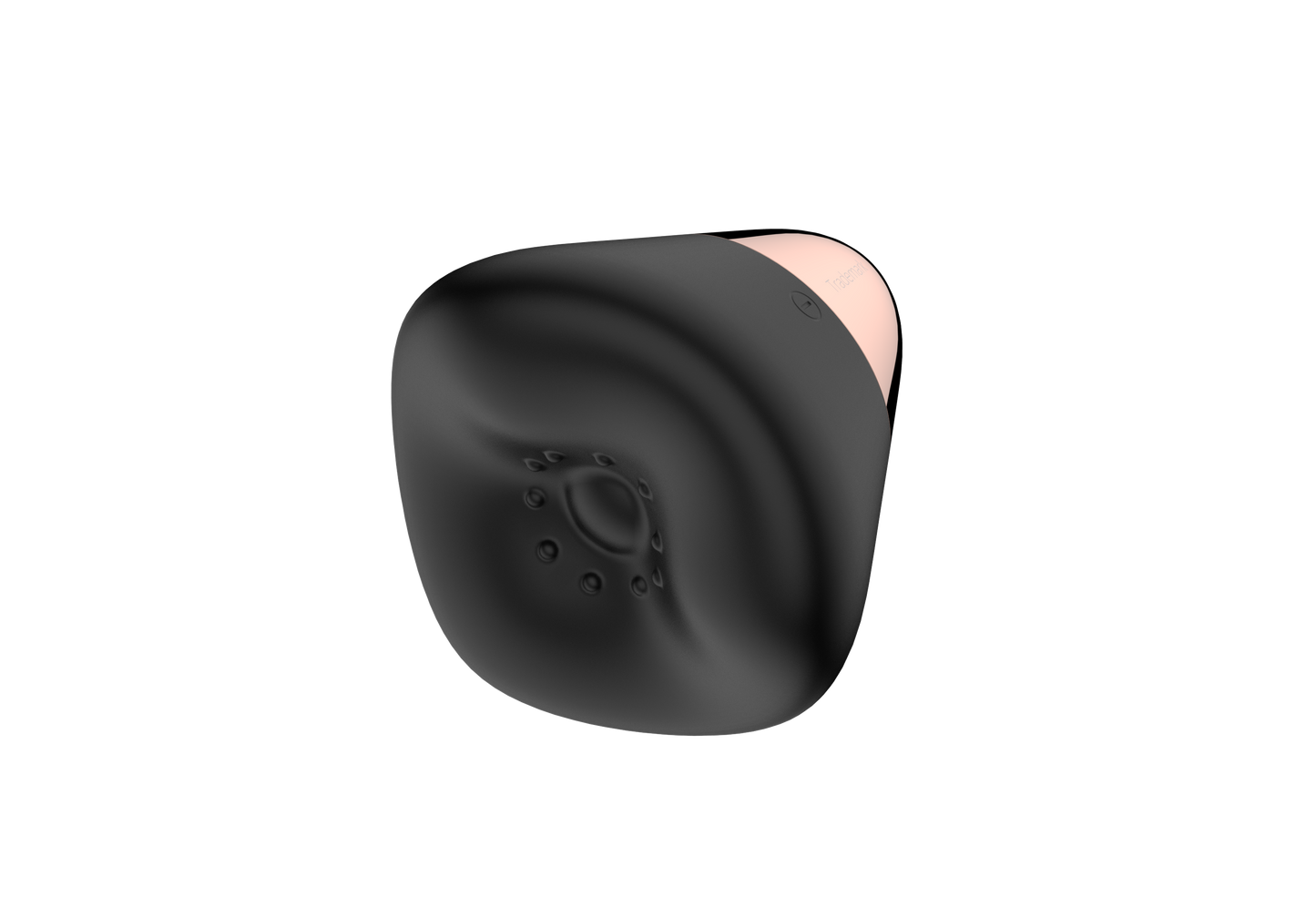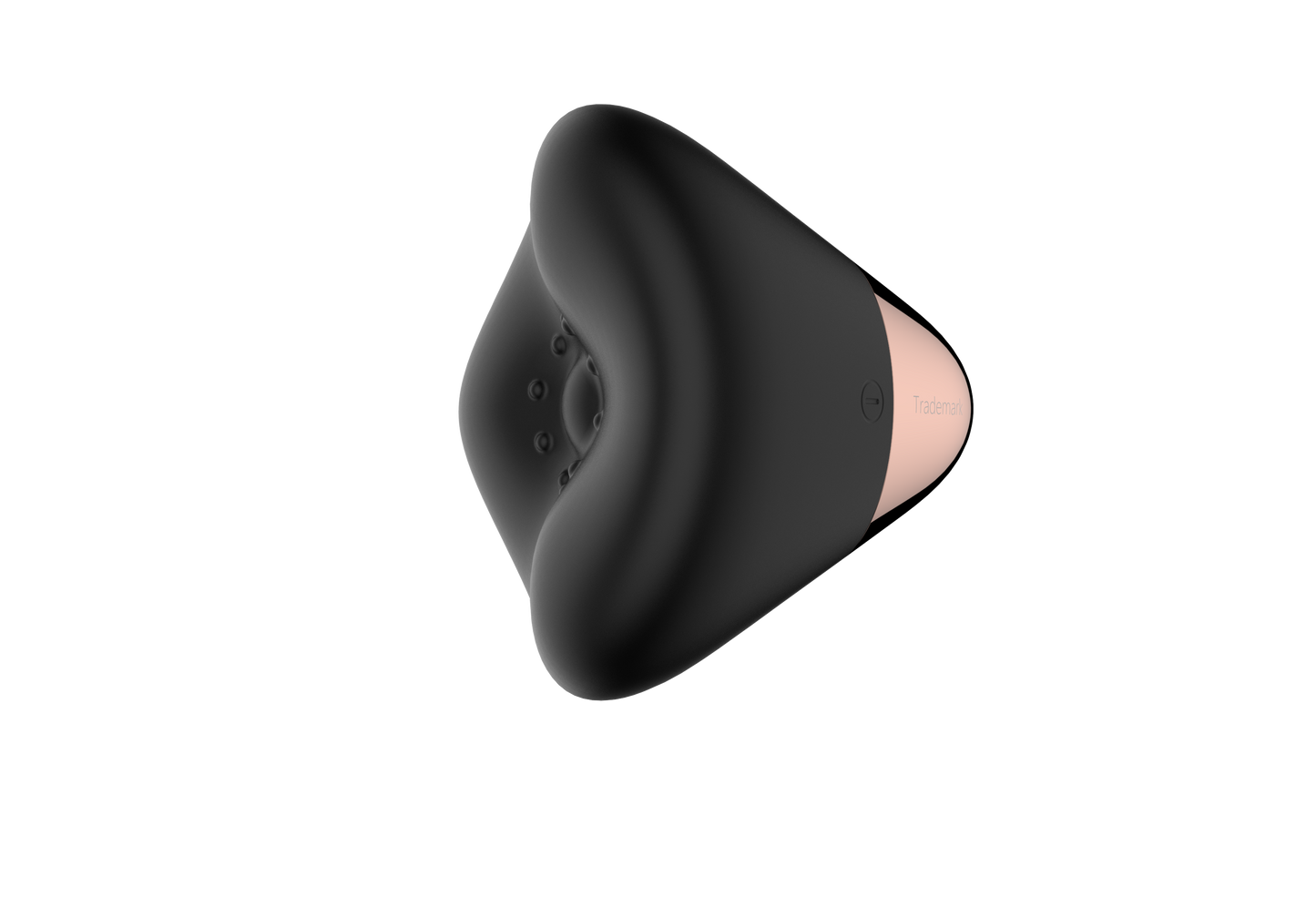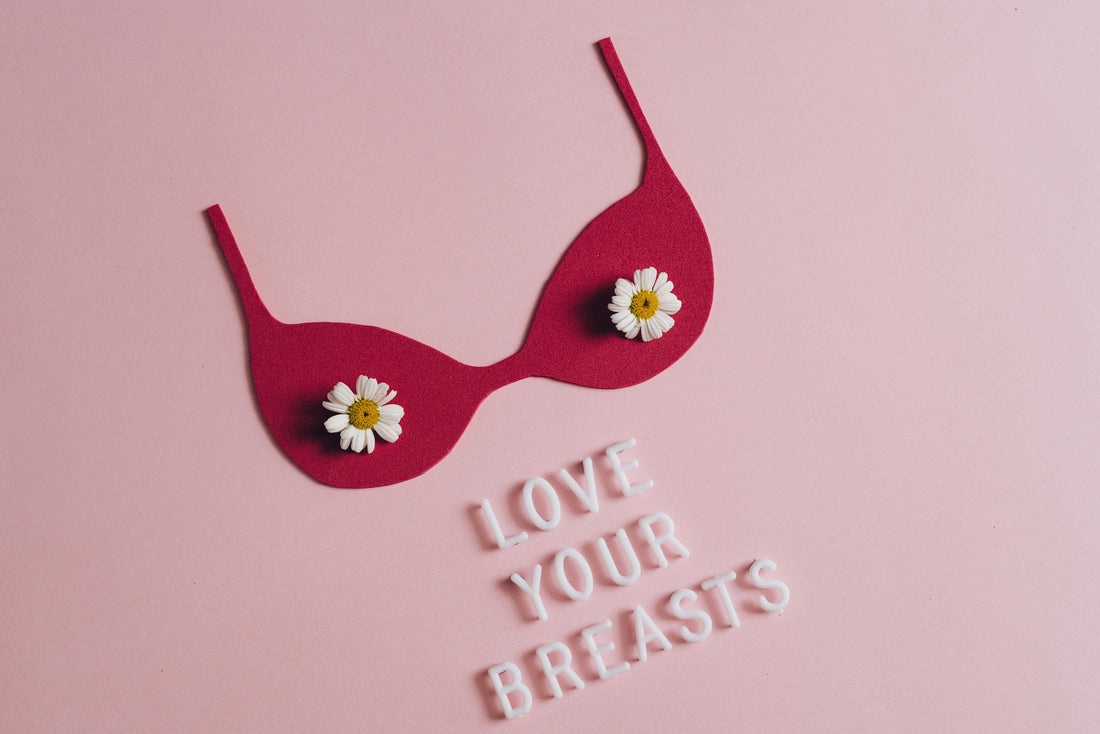
October Is Breast Cancer Awareness Month
Your Fun, Inclusive, and Practical Guide to Breast Health
Every October, the world turns pink. From social media campaigns to city buildings lit in pink, it’s a reminder: Breast Cancer Awareness Month (BCAM) is here.
BCAM is not just about pink ribbons. About real ways to care for your breasts and improve your health. It also helps you empower yourself and others, no matter their gender or sexual orientation.
This guide will help you understand early detection, lifestyle, emotional health, and sexual health. It will also cover the safe use of adult toys.
We will explain how these areas connect to breast wellness. Sure! Here’s a simplified version of the text:"Yes, this will be long, detailed, and easy to read. Think of it like talking to a smart friend while enjoying your favorite latte."

The Gimme Sex Nipple Vibrator Imitating Human Hands is made for those who crave a touch that feels real. It brings that fantasy to life with lifelike movements and targeted vibrations that awaken every nerve ending. You will understand why this toy feels addictive. Now let's go to Nipple Vibrator Secrets: Bold Guide to Full Body Orgasms start feeling the nipple orgasm.
The Story Behind Breast Cancer Awareness Month
Breast Cancer Awareness Month started in 1985. The American Cancer Society worked with Imperial Chemical Industries, now AstraZeneca, to raise awareness about breast cancer. The campaign initially lasted only one week, but as awareness spread, it expanded into a full month.
Why pink? The pink ribbon symbolizes hope, solidarity, and early detection.This is more than just a color. It reminds us that breast health is everyone's responsibility.Her honesty motivated women to get screened. It also motivated men to be aware of their risks.
Today, BCAM has grown into a global movement. You might see local fundraisers, pink-themed yoga classes, educational seminars in schools, and even companies offering free mammograms.
BCAM is important for raising awareness for everyone. This includes cisgender women, transgender men, non-binary people, and men. Men are at risk too, but less often. By embedding breast health conversations into everyday life, BCAM encourages proactive care and reduces stigma.
Breast Cancer Facts You Must Know
Breast cancer is the most commonly diagnosed cancer in women worldwide. But let’s get real, it can affect men and people of all gender identities. Here are the numbers you need to know:
- In the U.S., around 1 in 8 women will develop invasive breast cancer during their lifetime. This information is from the American Cancer Society, 2025.
- Male breast cancer accounts for roughly 1% of all cases, usually appearing after age 60.
- In 2025, doctors will diagnose about 316,950 women and 2,800 men with invasive breast cancer. There will also be 59,080 more cases of non-invasive (in situ) breast cancer.
- Early detection is important. Localized breast cancer has a 5-year survival rate of 99%. In contrast, metastatic cancer lowers survival to 27%.
Knowing these numbers isn’t about creating fear; it’s about empowerment. Understanding prevalence and risk helps you make informed decisions about screening, lifestyle, and self-awareness. Plus, awareness allows you to support friends, partners, and community members who may face challenges.

How to Protect Yourself: Early Detection and Lifestyle
Monthly Self-Exams
Think of a self-exam as a mini-date with your own body. Take 5–10 minutes each month to explore your breasts thoroughly. Here’s a practical routine:
- Visual Inspection: Stand in front of a mirror, arms at your sides, then hands on hips, then arms raised. Look for changes in symmetry, dimpling, or nipple inversion.
- Palpation Lying Down: Lie flat on your back. Put a pillow under your shoulder. Use the pads of your three middle fingers. Feel in small circles. Cover the whole breast and armpit.
- Palpation Standing/Sitting: Some prefer doing this in the shower when skin is slippery. Ensure you check every angle, including the upper chest near the collarbone.
By performing these checks monthly, you know your own baseline. You can report any deviation, lumps, thickening, or discharge, early, which dramatically improves treatment outcomes.
Professional Screenings
Depending on age, family history, and risk factors, mammograms, ultrasounds, or MRI scans may be necessary. People at high risk, like those with BRCA mutations or a strong family history, should start screening sooner and more often. Remember: screenings don’t just detect cancer, they save lives. And they are not intimidating; think of them as preventive maintenance for your body’s most vital systems.
Lifestyle Factors
Lifestyle plays a major role in risk reduction:
- Exercise: Moderate physical activity like brisk walking, cycling, or yoga improves circulation, regulates hormones, and supports immune function.
- Nutrition: A diet rich in fruits, vegetables, whole grains, and lean proteins supports cellular health. Limit processed foods and alcohol, as they link to a higher breast cancer risk.
- Weight Management: Maintaining a healthy weight reduces estrogen levels in postmenopausal individuals, decreasing cancer risk.
- Sleep and Stress: Chronic stress disrupts hormone balance. Incorporate mindfulness, meditation, or playful activities to relax.
Every choice you make contributes to a comprehensive strategy for breast health.
How Sexual Health Impacts Breast Wellness
You might be thinking, “Sex and breasts? Really?” Absolutely. Sexual activity impacts hormonal balance, circulation, and stress levels, all which influence breast tissue health.
- Hormonal Benefits: Orgasms trigger the release of oxytocin and endorphins, reducing cortisol levels (stress hormone) and promoting immune system efficiency.
- Circulation: Sexual arousal increases blood flow to the chest, supporting nutrient delivery and tissue health.
- Psychological Health: Feeling wanted and connected helps boost self-esteem. This is linked to better self-care and screening habits.
For those recovering from breast cancer, sexual wellness is particularly important. Individuals may experience changes in body image, sensitivity, or sexual function post-treatment. Exploring sexual pleasure, alone or with partners can aid emotional recovery and foster intimacy.
Adult Toys: Fun Tools for Breast and Sexual Health
Adult toys can enhance sexual wellness and even support breast health indirectly:
- Vibrators: Improve blood flow and stimulate arousal, enhancing tissue health.
- Lubricants: Address dryness, common after treatment or hormonal changes.
- Couples Toys: Facilitate shared exploration, boosting intimacy and emotional connection.
Safety Tips: Always use safe materials like medical-grade silicone, glass, or stainless steel. Clean your toys well. Do not share them without cleaning. Introducing toys into your routine can be playful, empowering, and therapeutic.
LGBTQ+ Inclusion and Breast Health
Breast cancer affects everyone, but LGBTQ+ individuals often face barriers:
- Discrimination and Judgment: Fear of being misgendered or stigmatized can delay screenings.
- Unique Risk Factors: Hormone therapies, chest binding, or surgical history may influence breast tissue health.
- Supportive Resources: Organizations like LGBTQ+ Cancer Network provide tailored guidance.
Inclusive healthcare ensures screenings, emotional support, and sexual health guidance are accessible to all.
Emotional Well-being: Mind Matters
Cancer and breast health are as much emotional as physical:
- Community Support: Join local groups, online forums, or support circles. Talking openly reduces isolation and stress.
- Mindfulness and Self-Care: Practices like meditation, journaling, and even playful sexual activity can reduce anxiety and support healing.
- Partner and Friend Engagement: Sharing worries or joys, like mutual masturbation or exploring adult toys, builds emotional bonds. It also boosts body positivity and supports mental health.
Studies show patients with strong psychosocial support have better treatment adherence and higher quality of life.
Quick Reference Table: Comprehensive Breast Health Guide
| Category | Action / Tip | Why It Matters |
|---|---|---|
| Self-Exam | Monthly, visual + palpation in multiple positions | Early detection of lumps, dimpling, nipple changes |
| Professional Screening | Mammograms, ultrasound, MRI based on risk | Detect cancer early, improve survival rates |
| Lifestyle | Exercise, balanced diet, limit alcohol, avoid smoking | Hormonal balance, reduced risk, tissue health |
| Sexual Health | Regular sexual activity, orgasms, adult toys if desired | Hormonal regulation, improved circulation, mental well-being |
| LGBTQ+ Inclusion | Inclusive providers, discuss specific needs | Reduce barriers, ensure proper screening |
| Emotional Well-being | Support groups, therapy, mindfulness | Reduce stress, improve adherence and quality of life |
References
- American Cancer Society. "How Common is Breast Cancer?"
- Centers for Disease Control and Prevention (CDC). "Breast Cancer Prevention and Early Detection."
- BreastCancer.org. "LGBTQ+ Breast Cancer Resources."
- National Breast Cancer Foundation. "Early Detection Saves Lives."
- Verywell Health. "Sexual Health After Breast Cancer."


